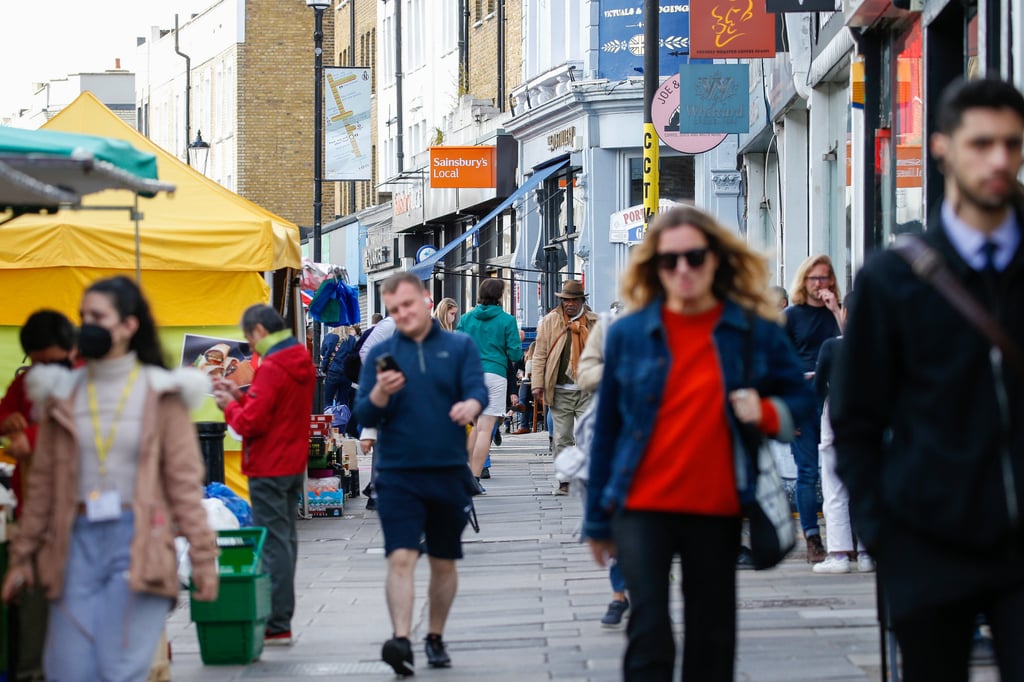Opinion | How Hong Kong’s redevelopment projects can be showcases of ‘organic city’ growth
- The decision to bulldoze Kowloon Walled City in 1993 wasted a chance to turn the area into a cultural treasure that celebrates its history and character
- Instead of more cookie-cutter shopping centres and residential towers, Hong Kong needs development that evolves from the local characteristics of each district

When asked about “organic architecture”, the general public – as well as some architects – might have the false impression it involves structures built in organic shapes or resembling natural forms such as a flower, a seashell, an icicle or an animal.
Wright’s architecture went a step further, revealing how spaces could evolve and adapt. They are considered “organic” precisely because of their ability to grow like organisms.
According to Patricia Mooney-Melvin in The Organic City, a similar concept can apply to a city as “an organism composed of interdependent neighbourhoods”. Development would be decided at the local level by social planners and organisers as the implementation of these projects often faces challenges from city leaders and politicians.

